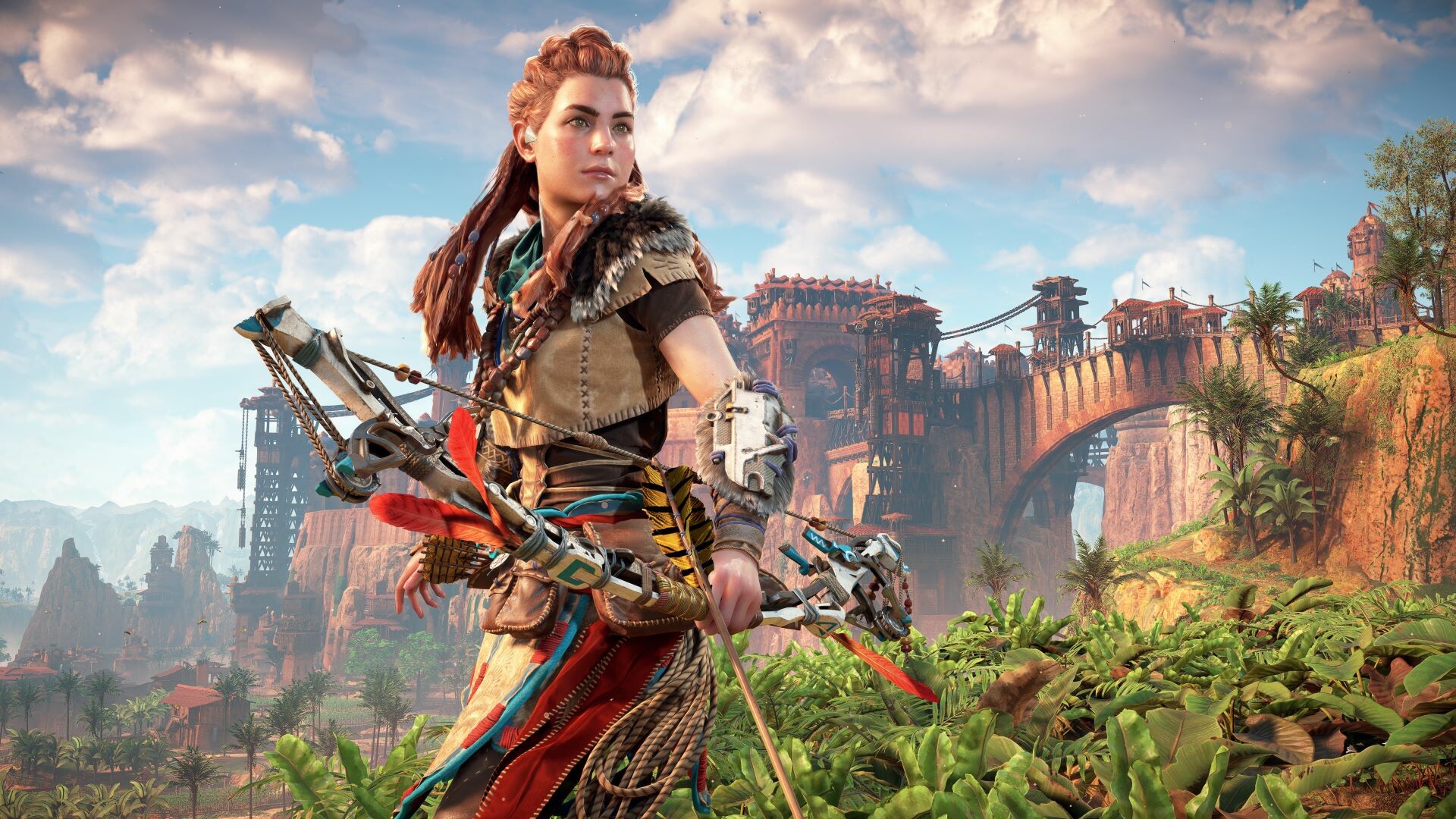Everything you need to know about Horizon Zero Dawn Remastered’s PC optimization, including the best settings for optimal performance.

Horizon Zero Dawn Remastered, on the surface, looks pretty much like the original, albeit with better lighting and textures. However, once you get some hands-on time with the game, you will realize it’s much more than just a simple remaster. Apart from increasing the texture resolution and overall lighting quality across the board, the remaster essentially replaces every asset in the original title with that of those in the sequel. Basically, Horizon Zero Dawn Remastered bridges the gap between the 2017 original and the sequel, Horizon Forbidden West. Think of it like what The Last of Us Part 1 was for the The Last of Us series. It’s not a remake per se, but it does look like one.
However, given its use of Horizon Forbidden West’s assets, the Remastered version is significantly more taxing on PCs compared to the original. Fortunately, as is the case with most Nixxes-developed PC ports, Horizon Zero Dawn Remastered comes with a host of graphics and display options to tweak to get the most out of your PC. Here’s a comprehensive PC optimization guide for Horizon Zero Dawn Remastered, including the best settings to get the most optimal performance.
Best Settings for Horizon Zero Dawn Remastered on PC
Horizon Zero Dawn Remastered is using the same iteration of the Decima engine as 2022’s Horizon Forbidden West. As such, the graphics and display settings here are essentially identical to those of Horizon Forbidden West’s PC release. We tested the game out on a system with a Ryzen 5 5600X CPU, RTX 4070 GPU, and 16 GB of RAM. Much like Forbidden West, the options that had the biggest performance impact of the aforementioned system are: Shadow Quality, Texture Quality, Level of Detail, and Volumetrics. However, one big improvement the remaster has over Forbidden West is in its use of Tesselation and Parallax Occlusion Mapping.
Both Tesselation and Parallax Occlusion Mapping were settings that had a major impact on performance, for no discernible reason. However, in the remaster, both these settings have little to no effect on performance, even at 1440p resolution. That said, here are the recommended best settings for Horizon Zero Dawn Remastered’s PC version:

Display Settings
- Window mode: Exclusive Fullscreen
- Display resolution: 1920×1080 (or your monitor’s native resolution)
- Aspect ratio: Auto
- Cinematic letterboxing: On
- Refresh rate: Native to your display’s refresh rate
- VSync: Off
- NVIDIA Reflex low latency: Off
- Dynamic range: As per preference
- Color blind mode: As per preference
- Dynamic resolution scaling: Off
- Anti-aliasing: TAA (DLAA, if you have a Nvidia GPU)
- Upscale method: Off
- Upscale quantity: Off
- DLSS frame generation: Off
Graphics Settings
- Preset: Custom
- Texture quality: High (Use Low for 4GB VRAM, Medium for 6GB VRAM, and Very High for more than 8GB VRAM)
- Texture filtering: 16x Anisotropic
- Shadow quality: Medium
- Screen space shadows: On
- Ambient occlusion: SSAO
- Screen space reflections: High
- Level of detail: Medium
- Hair quality: High
- Crowd quality: High
- Terrain quality: High
- Water quality: High
- Clouds quality: High
- Translucency quality: Default
- Parallax occlusion mapping: Off
- Field of view: As per preference
- Depth of field: High
- Bloom: On
- Motion blur strength: As per preference
- Sharpness: Default
- Lens flares: On
- Vignette: As per preference
- Radial blur: On
- Chromatic aberration: On
We tested these settings at 1080p (native) without any upscaling. However, if you have a GPU with 8 GB or more VRAM, you can easily run the game at 1440p using these same settings. Do keep in mind that you might require some form of upscaling to achieve a stable 60fps at 1440p if you’re using cards like RTX 3060, RTX 2060, RX 6600, RX 6500, etc.
Looking For More?
Thank you for reading the article. We provide the latest news and create guides for Baldur’s Gate 3, Starfield, ARK Survival Ascended, and more. Also, watch Deltia play games on Twitch or visit his YouTube channel!
 Reddit
Reddit
 Email
Email


